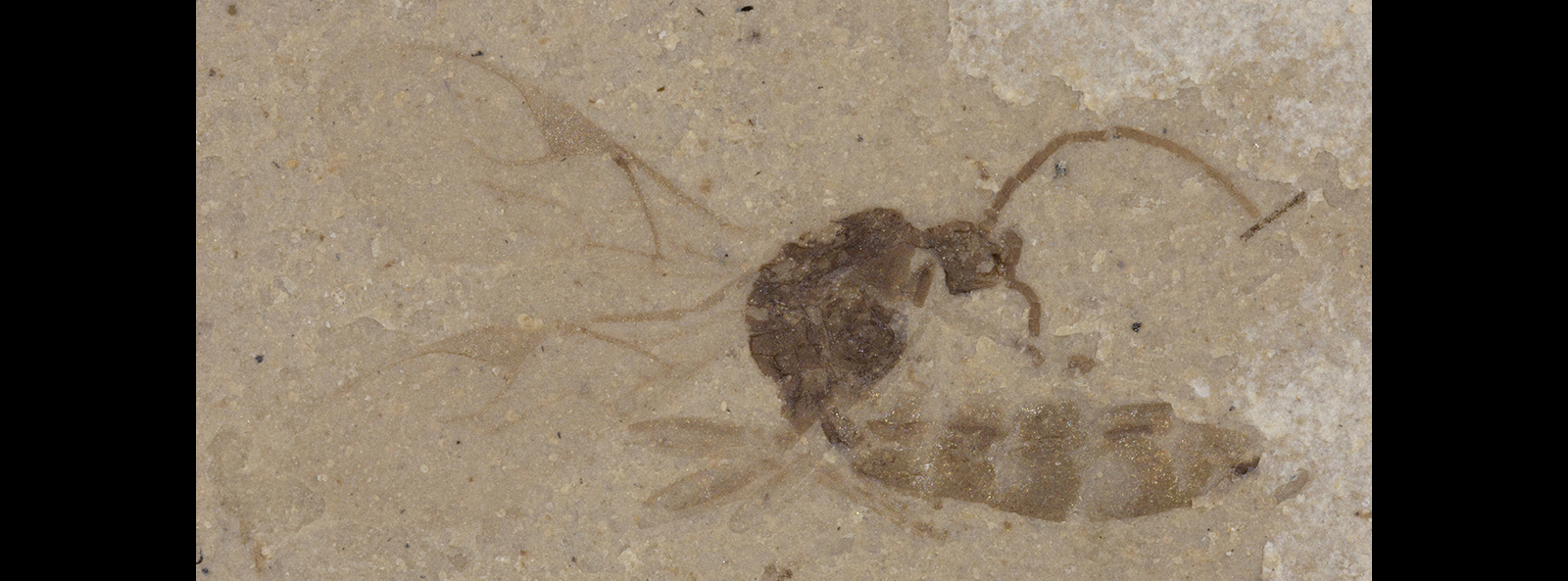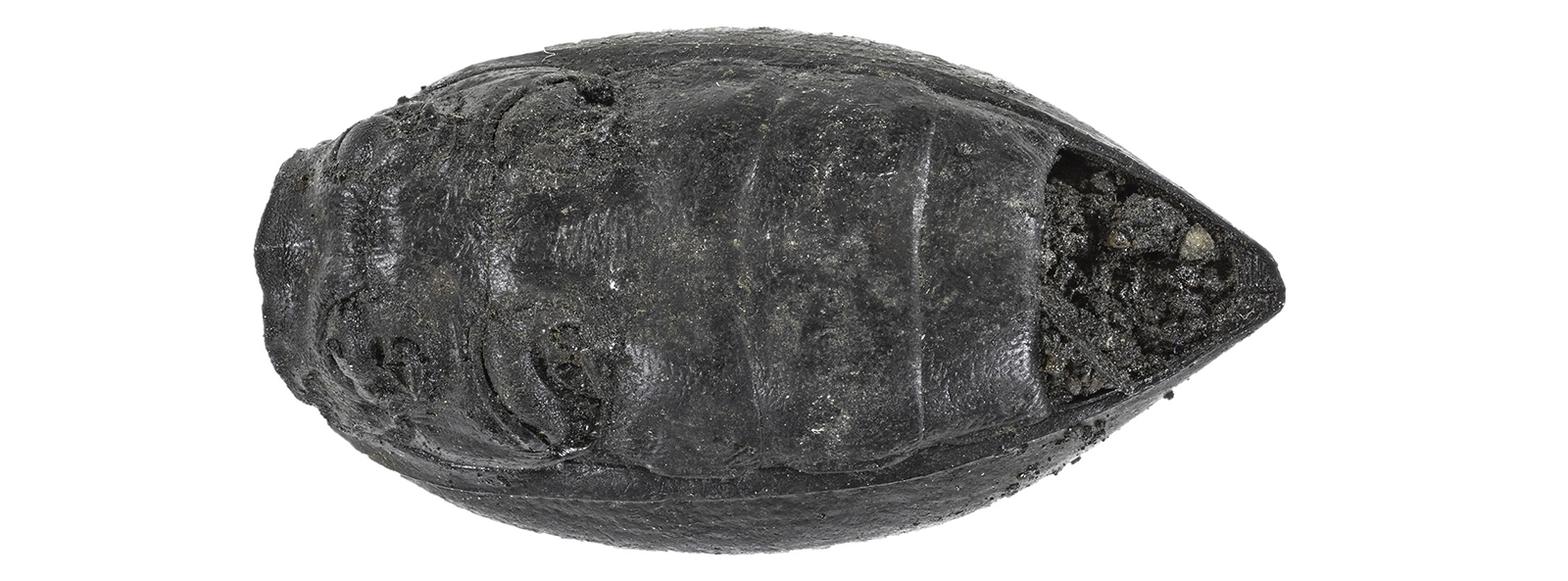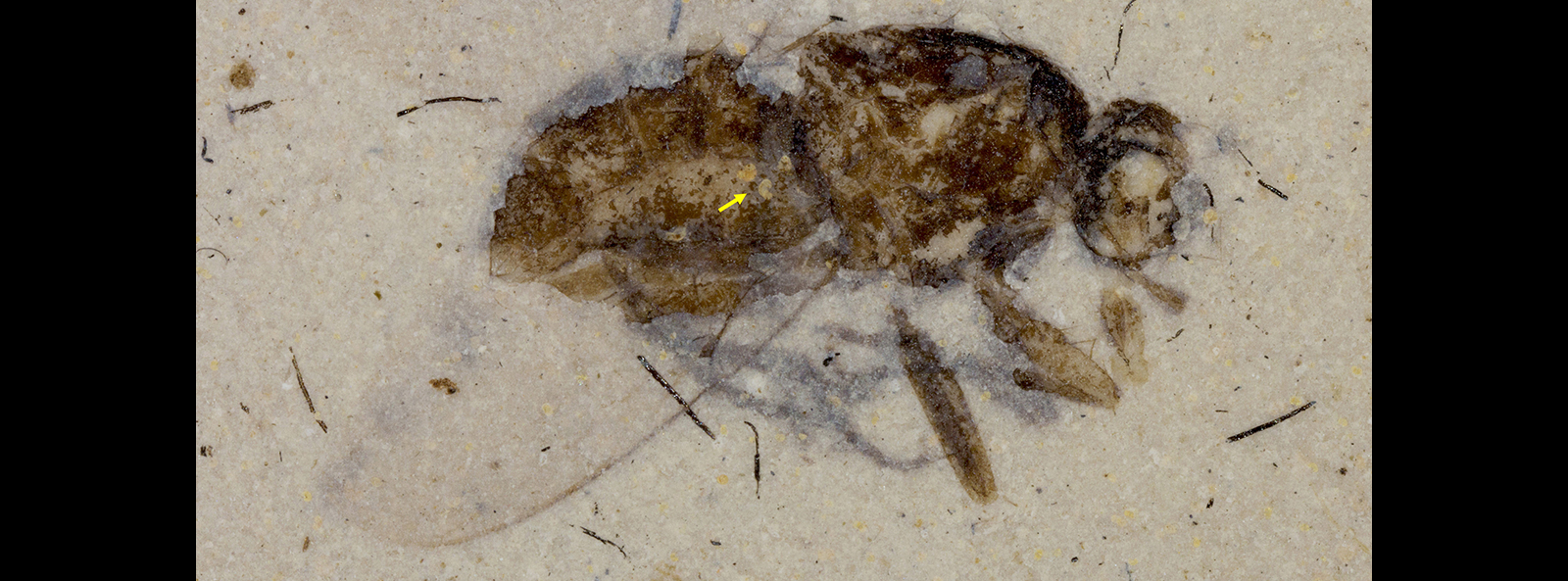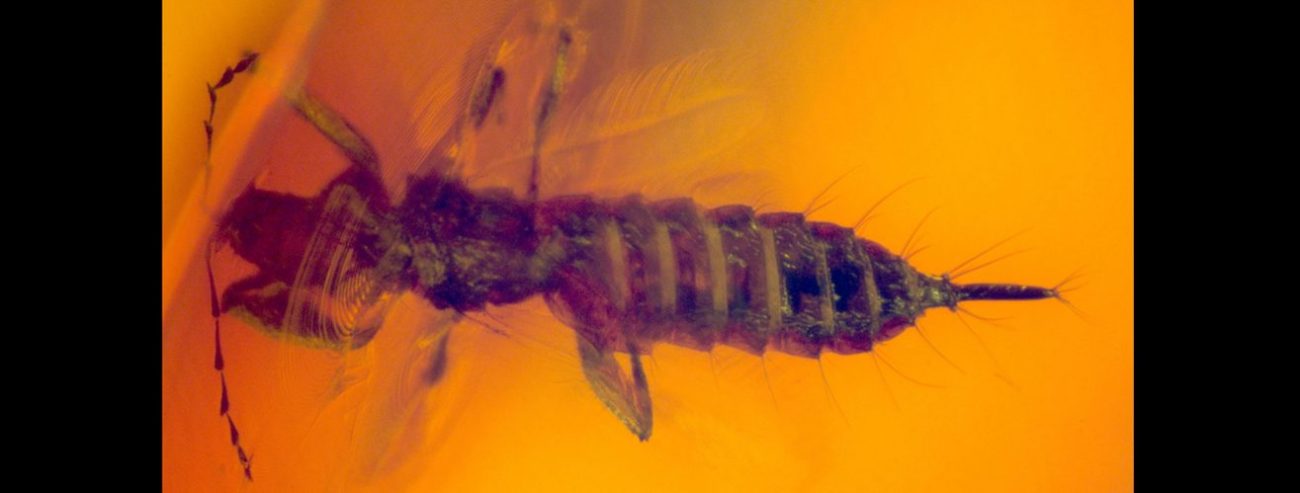Their name is not so endearing but in today's world parasitoid wasps make very effective biological controls for some agricultural crops!
DIGITIZING and PRESERVING the UC BERKELEY FOSSIL INSECT COLLECTIONS
The UC Museum of Paleontology (UCMP) has worked since 2015 to digitize the UCMP Cenozoic insect collections through support of funding by the National Science Foundation PEN program (Partner to an Existing Network). Additional funding in late 2018 from the Institute for Museum and Library Services (IMLS) Museums for America program has allowed for the preservation and further digitization of UCMP’s Mexican amber collection and the rich archives associated with this collection. Below are image galleries of representative specimens from each insect collection as well as other fossil arthropods of western North America. Additional images and specimen data are available online at Calphotos, the UCMP online database, iDigBio, iDigPaleo, Global Biodiversity Information Facility (GBIF) and other online data aggregators. The amber archives are searchable online through the UC Berkeley Docubase database (UCMP Amber Archive collection) and are now linked to the UCMP Archon Amber Files finding aid providing downloadable document PDFs.
“While often fragmentary and crushed, sometimes beyond recognition, a not in significant number are sufficiently preserved for us to repopulate the past; sometimes, too, are they preserved in such a wonderful manner that in tiny creatures with a spread of wings scarcely more than a couple of millimeters one may count under the microscope the hairs fringing the wings.” Samuel H. Scudder, 1890. The Tertiary Insects of North America. United States Geological Survey of the Territories, pgs. 13-14.



